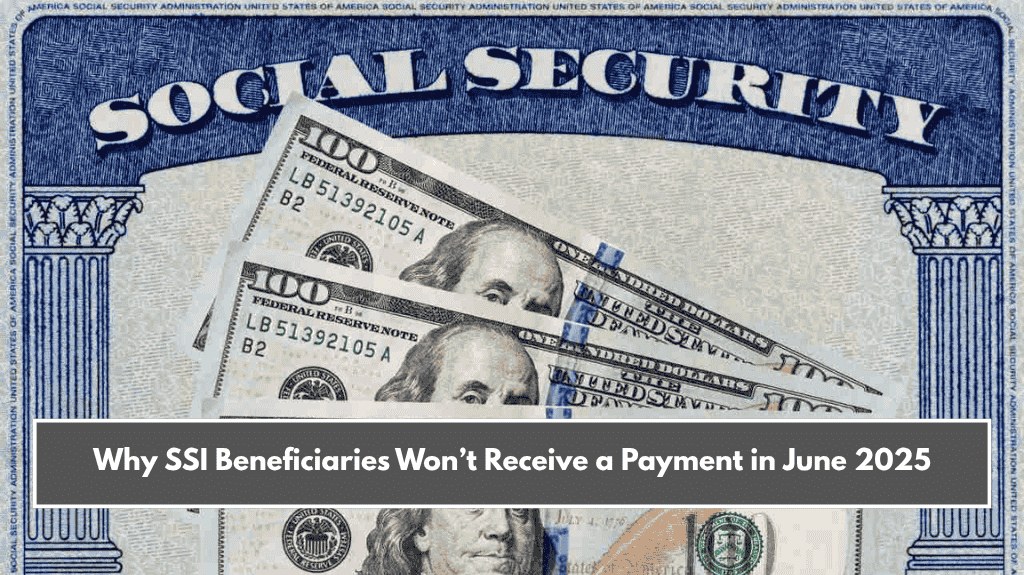If you’re getting Social Security and also thinking of joining UnitedHealth plans, you’re not alone. Many retirees in the US combine both services to get full healthcare and financial support. But what really happens when you use both? Are they compatible? Do you lose any benefits? This guide explains it all in simple terms.
Understanding the Basics: Social Security vs. UnitedHealth
Social Security is a federal government program that gives monthly income to retired workers. It’s funded through taxes collected during your working years. You must work for at least 10 years (or earn 40 work credits) to qualify.
UnitedHealth is a private company that offers health insurance plans. One of its popular plans is Medicare Advantage, which is available to those eligible for Medicare. These plans often include hospital stays, prescriptions, and extras like dental or eye care.
Key Difference:
Social Security is public and tax-funded, while UnitedHealth is private and premium-based. One gives money, the other gives medical coverage.
Can You Use Both Together?
Yes, and many people do. If you get Social Security, you’re automatically enrolled in Medicare Part A and B when you turn 65. After that, you can choose a private plan like UnitedHealth’s Medicare Advantage.
In fact, around 67% of Social Security retirees also use private Medicare plans like UnitedHealth. There are no conflicts between them, and they work smoothly together.
How Medicare Advantage from UnitedHealth Works
When you enroll in Medicare Advantage, it often replaces your traditional Medicare coverage. But don’t worry — your Social Security benefits remain unaffected.
These plans are allowed by the government and must meet federal standards. Some city employee plans, like Savannah’s, even require joining UnitedHealth Medicare Advantage to receive health benefits.
What Does Medicare Cover vs. Medicare Advantage?
Here’s a quick breakdown:
Traditional Medicare:
Part A: Covers hospital stays (free if you qualify through Social Security)
Part B: Covers outpatient care, doctor visits (premium is $174.70 in 2025)
Medicare Advantage (UnitedHealth):
Covers everything from Part A & B
Includes extra benefits like dental, vision, hearing aids
May offer cheaper drug costs and additional health perks
Offers more coverage than traditional Medicare, often with lower out-of-pocket costs
How Much Do You Get From Social Security?
In 2025, the average monthly Social Security payment is $1,976. The amount depends on how long and how much you worked. To qualify, you need:
Minimum age: 62 (though full retirement age is 66–67)
Work credits: 40 (around 10 years of work)
If you didn’t work long enough, you might still qualify through your spouse or ex-spouse.

Who Can Qualify for UnitedHealth?
To join UnitedHealth’s Medicare Advantage, you usually need to:
Be 65 years old or older
Or have a qualifying disability
You also must have Medicare Part A and Part B active — which you’ll automatically get if you’re already receiving Social Security before age 65.
Special Situations: What If You’re Disabled or Have Health Conditions?
If you have a disability, you qualify for Medicare after 24 months of disability benefits (or 29 months if you’re a public worker). Special cases like ALS or kidney failure (ESRD) have faster or immediate access.
Children with disabilities may qualify by age 20, or even 18 for ALS.
Is There a Cost for Medicare?
Part A is free if you qualify.
Part B costs $174.70 per month in 2025, with more for high earners (IRMAA surcharge).
If you delay enrollment, you may face a 10% penalty for each year delayed.
To join Medicare Advantage, you need to keep Part A active and usually continue Part B too.
Using Both Systems Is a Smart Move
Combining Social Security and UnitedHealth Medicare Advantage can give you both financial and health security in your retirement years. These systems are fully compatible. Social Security provides your monthly income, while UnitedHealth covers your medical needs — often with more services than original Medicare.
Most retirees use both without any problem. If you’re nearing 65, or already retired, this combination could give you the support you need with fewer surprises.















